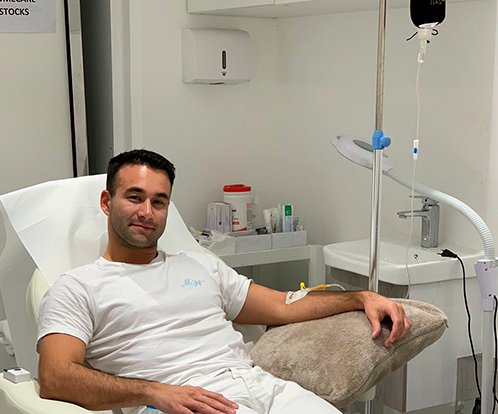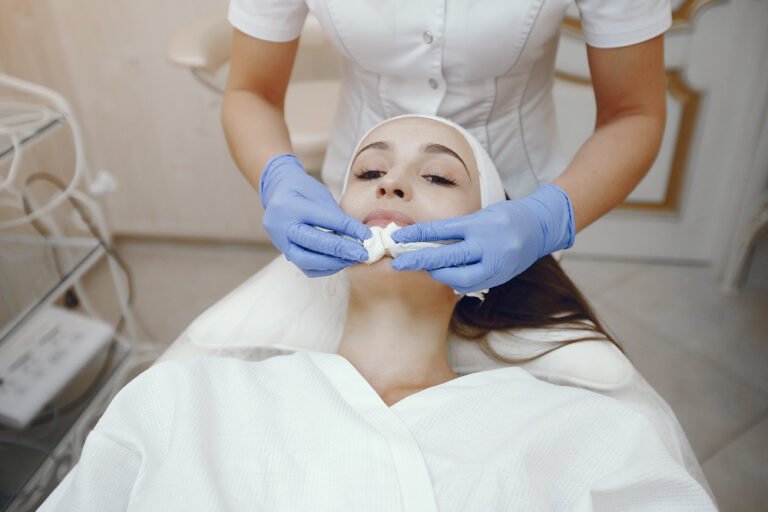When a couple is trying to conceive and faces delays, the first thought is often about the woman’s fertility. But in reality, male factors contribute to over 40% of infertility cases. One of the first and most essential steps in a fertility workup is a sperm analysis—also called a semen analysis.
So what do sperm count numbers actually mean? And how do Korean fertility clinics interpret and treat low sperm counts? In this post, we break it down with clarity, science, and expert input from leading clinics in Korea.
🧪 What Is a Sperm Count?
A sperm count refers to the number of sperm present in one milliliter (ml) of semen. It is one of several parameters checked during a semen analysis, which typically includes:
| Parameter | Normal Range (WHO Standard) |
|---|---|
| Volume | 1.5 ml or more |
| Sperm concentration | 15 million sperm/ml or more |
| Total sperm count | 39 million or more per ejaculation |
| Motility (movement) | 40% or more (at least 32% progressively motile) |
| Morphology (shape) | 4% or more normal forms |
🔍 What Korean Fertility Clinics Look for Beyond Just Numbers
Korean fertility centers, such as those in Seoul and Busan, go beyond simple WHO thresholds. They assess:
1. Sperm Quality, Not Just Quantity
- Even if your sperm count is above 15 million/ml, poor motility or abnormal morphology can severely impact fertility.
- Clinics in Korea often use Computer-Assisted Sperm Analysis (CASA) systems to evaluate speed, shape, and vitality in high detail.
2. DNA Fragmentation Index (DFI)
- Some men with normal counts have high levels of sperm DNA damage, reducing the chances of fertilization or increasing miscarriage risk.
- Korean clinics often recommend a DFI test—especially for older men or those with recurrent IVF failure.
3. Lifestyle & Hormonal Evaluation
- Obesity, smoking, alcohol, stress, and tight clothing all affect sperm count and quality.
- Korean clinics typically conduct blood hormone tests (FSH, LH, testosterone, prolactin) and testicular ultrasound to assess root causes.
📉 What Do Low Sperm Count Numbers Mean?
Low sperm count is medically known as oligospermia:
| Classification | Sperm Count (per ml) | Total Sperm Count |
|---|---|---|
| Mild | 10–15 million | 20–39 million |
| Moderate | 5–10 million | 10–19 million |
| Severe | <5 million | <10 million |
| Azoospermia | No sperm present | 0 |
In Korea, even mild cases are investigated seriously, with targeted treatment options. Men are not told to “wait and see”—they’re given a plan.
🇰🇷 How Korean Clinics Treat Low Sperm Count
Korean male fertility specialists offer both medical and surgical solutions, often combining Eastern and Western approaches for optimal results.
✅ Medical Interventions:
- Clomiphene citrate or hCG: To boost testosterone and sperm production
- Antioxidant therapy: Korean protocols often include CoQ10, L-carnitine, zinc, and Korean herbal medicine
- Lifestyle coaching: Diet, exercise, and sauna therapy to improve testicular health
✅ Surgical Treatments:
- Varicocele Repair (Microsurgical Varicocelectomy): Corrects enlarged veins that impair sperm production
- Testicular Sperm Extraction (TESE or Micro-TESE): For men with zero sperm in ejaculate (azoospermia)
✅ Assisted Reproductive Techniques:
- IUI (Intrauterine Insemination): Used if sperm count is mildly reduced but motility is fair
- IVF + ICSI (Intracytoplasmic Sperm Injection): Often the go-to solution in moderate to severe cases or after failed IUI
Korean clinics use ICSI with precision tools, increasing success rates even in low sperm count cases.
🧘♂️ Integrative Therapies Offered in Korea
Many fertility centers in Korea also offer non-invasive, wellness-based support to enhance sperm health:
| Treatment | Korean Clinic Benefits |
|---|---|
| Acupuncture for Fertility | Improves testicular blood flow, hormone balance |
| Herbal Medicine (한약) | Formulas to boost kidney energy (신기)—linked to male fertility in Korean traditional medicine |
| Infrared Testicular Therapy | Local heat therapy to improve circulation |
| Nutritional IVs | High-dose antioxidants delivered intravenously for faster results |
🧾 Sample Fertility Checkup Package for Men in Korea
| Test | Description |
|---|---|
| Semen analysis | Volume, motility, morphology, concentration |
| Hormone panel | FSH, LH, testosterone, prolactin |
| Ultrasound | Testicular structure, varicocele screening |
| DNA Fragmentation Test | (Optional, high-precision) |
| Urology Consultation | With bilingual fertility specialist |
| Cost Range | 300,000–800,000 KRW (approx. $230–$600 USD) |
📌 Final Thoughts: Don’t Let Numbers Scare You
A low sperm count isn’t the end—it’s the beginning of a focused treatment journey. Korean fertility clinics excel in combining data-driven diagnostics with holistic care, empowering men to take control of their reproductive health.



